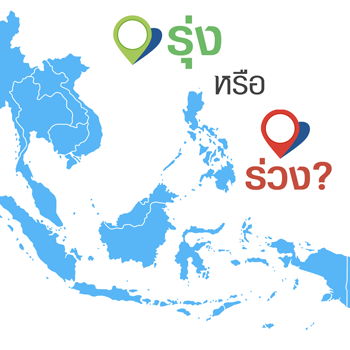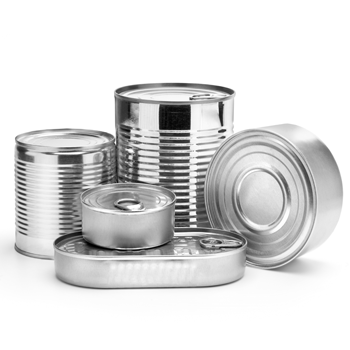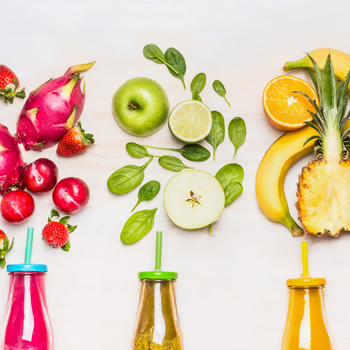ความกังวลเรื่องสารเคมีกำจัดศัตรูพืชตกค้างในผักและผลไม้
By: Consumer Reports
ในสหรัฐอเมริกาผู้บริโภคที่ซื้อสินค้าในซูเปอร์มาร์เก็ตต่างมองหาสินค้าอาหารที่ดีต่อสุขภาพในรูปแบบต่างๆ และสิ่งหนึ่งที่ผู้บริโภคทั้งหลายมีความกังวลก็คือเรื่องสารเคมีกำจัดศัตรูพืชตกค้างในผักและผลไม้
จากรายงานโดย Consumer Reports ได้เปิดเผยข้อมูลการสำรวจผู้บริโภค 1,050 คน พบว่าผู้บริโภคชาวอเมริกันมีความกังวลเรื่องสารเคมีกำจัดศัตรูพืชตกค้างในผักและผลไม้มากถึงร้อยละ 85 ซึ่งความกังวลนี้นำไปสู่ความสนใจในสินค้าผักและผลไม้ออร์แกนิก ซึ่งมีราคาโดยเฉลี่ยสูงกว่าผักและผลไม้ทั่วไปถึงร้อยละ 49 เลยทีเดียว
ผู้เชี่ยวชาญจาก Consumer Reports ให้ความเห็นว่าผักและผลไม้ออร์แกนิกถือเป็นตัวเลือกที่ดีอย่างยิ่ง เนื่องจากสินค้าเหล่านั้นเป็นประโยชน์ทั้งต่อสุขภาพ ดีต่อสิ่งแวดล้อม และผู้ที่เพาะปลูก ในขณะที่ผักและผลไม้สดทั่วไปนั้นมีความเสี่ยงของสารเคมีกำจัดศัตรูพืชตกค้างที่มีปริมาณแตกต่างกันไปตั้งแต่ระดับที่น้อยมากไปจนถึงสูงมาก โดยขึ้นอยู่กับประเภทของผักและผลไม้และแหล่งเพาะปลูกในพื้นที่ต่างๆ ยกตัวอย่างเช่น ถั่วเขียวในปริมาณหนึ่งหน่วยบริโภคจะมีความเสี่ยงในการพบสารเคมีตกค้างมากกว่าผักบล็อกโคลีในปริมาณที่เท่ากันถึง 200 เท่า
Michael Crupain, M.D., M.P.H. ผู้อำนวยการศูนย์ความปลอดภัยด้านอาหารและการพัฒนาอย่างยั่งยืนแห่ง Consumer Reports ให้ความเห็นว่าชาวอเมริกันกำลังเผชิญกับสารเคมีกำจัดศัตรูพืชตกค้างในหลากหลายรูปแบบจากอาหารที่กินเข้าไปทุกวัน โดยศูนย์ควบคุมและป้องกันโรครายงานว่ามีการตรวจพบสารเคมีกำจัดศัตรูพืชตกค้างในร่างกายของคนอเมริกันมากถึง 29 รายการโดยเฉลี่ย ซึ่งนั่นแสดงให้เห็นว่าแทบจะเป็นไปไม่ได้เลยที่จะหลีกเลี่ยงไม่กินอาหารที่มีสารตกค้างจากสารเคมีกำจัดศัตรูพืช เพียงแค่เรายังไม่เห็นผลกระทบที่เกิดขึ้นกับร่างกายก็เท่านั้นเอง
Across America, confusion reigns in the supermarket aisles about how to eat healthfully. One thing on shopper’s minds: the pesticides in fruits and vegetables.
In fact, a recent Consumer Reports survey of 1,050 people found that pesticides are a concern for 85 percent of Americans. So, are these worries justified? And should we all be buying organics—which can cost an average of 49 percent more than standard produce?
Experts at Consumer Reports believe that organic is always the best choice because it is better for your health, the environment, and the people who grow our food. The risk from pesticides on conventional produce varies from very low to very high, depending on the type of produce and on the country where it’s grown. The differences can be dramatic. For instance, eating one serving of green beans from the U.S. is 200 times riskier than eating a serving of U.S.-grown broccoli.
“We’re exposed to a cocktail of chemicals from our food on a daily basis,” says Michael Crupain, M.D., M.P.H., director of Consumer Reports’ Food Safety and Sustainability Center. For instance, the Centers for Disease Control and Prevention reports that there are traces of 29 different pesticides in the average American’s body. “It’s not realistic to expect we wouldn’t have any pesticides in our bodies in this day and age, but that would be the ideal,” says Crupain. “We just don’t know enough about the health effects.”









